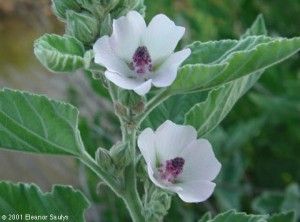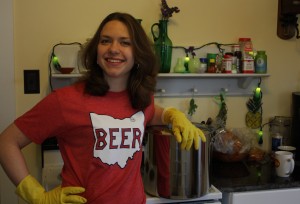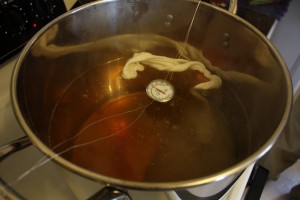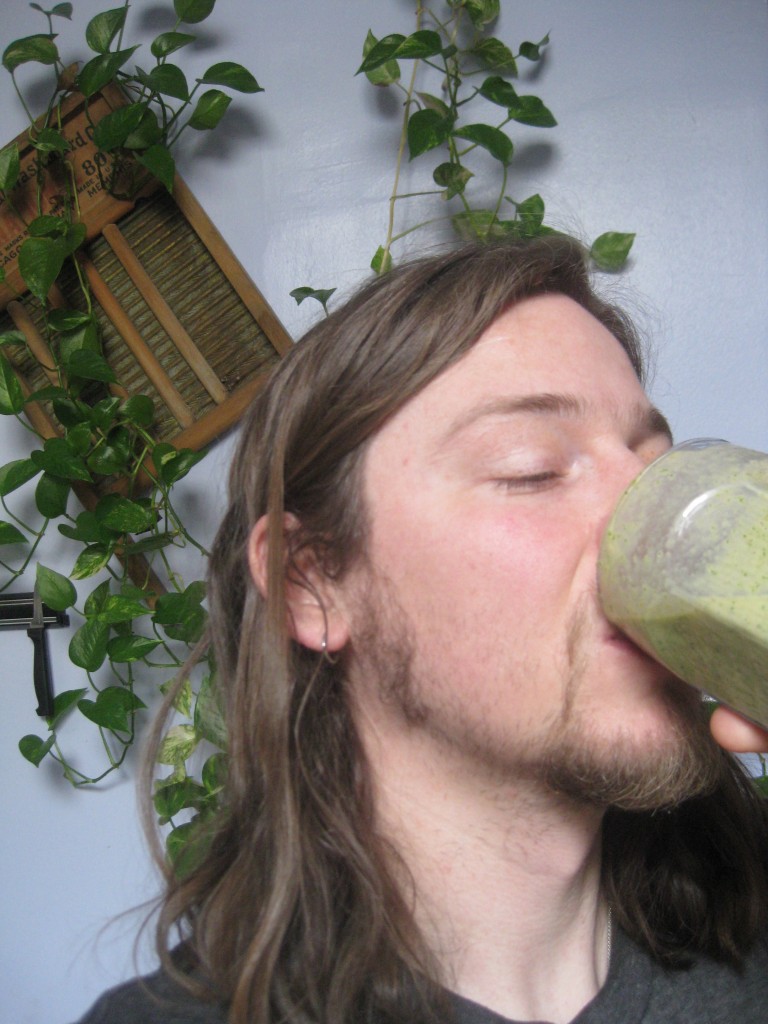Ah, the glorious Easter baskets of yore, that would come to the rescue just as last year’s Halloween candy had dwindled to nothing but Bit O’ Honeys! Among the jellybeans and Cadbury eggs there was always at least one box of Peeps, those Technicolor chicken- and rabbit-shaped marshmallows. In my house, however, they were always destined to play second fiddle to the painstakingly nibbled chocolate rabbit and they usually ossified into little chick-shaped rocks before I got around to eating them. It wasn’t until adulthood that I began to understand the beauty of the Peep.
There are a lot of Peep haters out there, my husband among them, probably because they taste like nothing, really, beyond enamel-destroying sweet, but their origins are arguably the most noble of any Easter basket classic. While poking around on FoodTimeline.org, I noticed that marshmallows shared the same origin date, 2000 B.C., as apples. Yes, you read that correctly. Proto-peeps are as old as apples! (I’m not too clear, actually, if 2000 B.C. is the date of the first wild apple or merely the first time apples were cultivated by humans for food, but still…).
Marshmallows are called such because of the marsh mallow, a wild plant that ancient people ate in many forms. You can eat the flowers, you can eat the greens like lettuce or you can boil the roots to obtain a “mucilaginous substance.” This substance was used as a cough remedy, but there’s also evidence that as early as 2000 B.C., Egyptians were mixing the mallow mucous with honey to make a sweet confection, reserved for royalty and gods. So put that in your pipe and smoke it, you Peep haters. Continue reading





